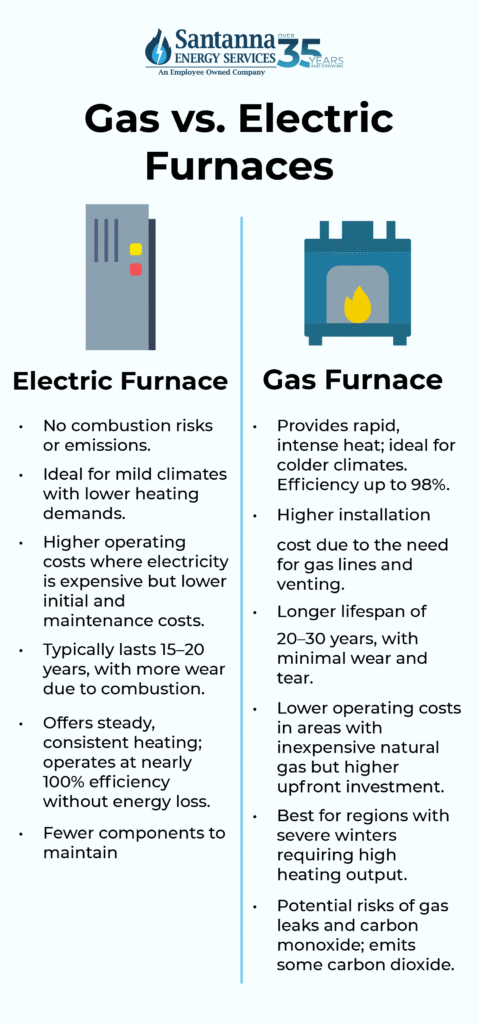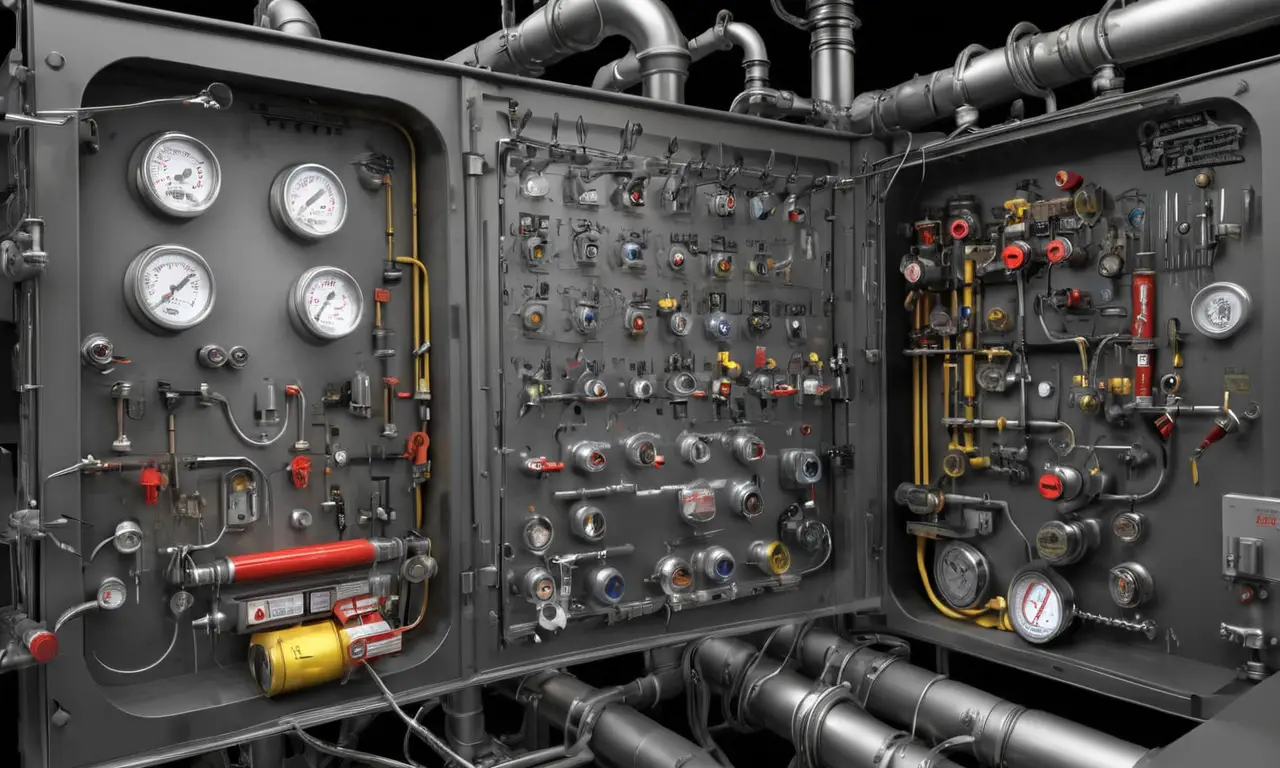
Knowing whether your home uses gas or electric heating is crucial for understanding your energy bills, maintenance requirements, and even potential safety concerns. This knowledge empowers you to make informed decisions about your home’s comfort and efficiency. This article will guide you through a series of simple steps to determine if your heater is gas or electric.
This article will explore various methods to identify your heating system’s fuel source, including examining your furnace or heater unit, checking the thermostat display, and observing gas line connections. By following these straightforward steps, you can confidently ascertain whether your heat is gas or electric.
Identifying Heating System Fuel Source
The first step in determining your heating system’s fuel source is to identify the type of energy it uses. Gas and electric heating systems operate differently and have distinct characteristics that can help you pinpoint the source.
Gas vs Electric Operation
Gas furnaces burn natural gas or propane to generate heat, while electric furnaces use electricity to power heating elements. This fundamental difference in operation leads to variations in appearance, installation, and maintenance requirements.
Checking Furnace or Heater Unit Markings

One of the most direct ways to determine your heating system’s fuel source is by examining the furnace or heater unit itself. Manufacturers typically label the unit with clear markings indicating the type of fuel it uses.
Inspecting Manufacturer Information Plate
Look for a metal plate attached to the furnace or heater, often containing information about the model number, serial number, and fuel source. This plate will usually state “gas” or “electric” prominently.
Examining the Thermostat Display
Some thermostats provide additional information about your heating system, including the type of fuel it uses.
Checking Thermostat Settings
Review the thermostat’s settings and display for any indications of gas or electric heating. Some thermostats may have a dedicated setting or label that specifies the heating source.
Gas Line Connection and Smell Test

If you suspect your home has a gas line connected to the furnace, you can perform a simple smell test to confirm if it’s being used for heating.
Natural Gas Odor
Natural gas has a distinct odor added for safety purposes. If you smell this odor when the heater is running, it’s highly likely that your system uses gas.
Electrical Connection Absence
Conversely, if you observe an electrical connection to the furnace or heater unit and no visible gas lines, it strongly suggests that your system is electric.
No Gas Lines Present
The absence of gas lines and the presence of electrical wiring indicate that your heating system relies on electricity for operation.
Conclusion
Determining whether your heat is gas or electric is a straightforward process that involves examining your furnace or heater unit, checking the thermostat display, and observing gas line connections. By following these steps, you can confidently identify your heating system’s fuel source and gain valuable insights into its operation and maintenance requirements.
